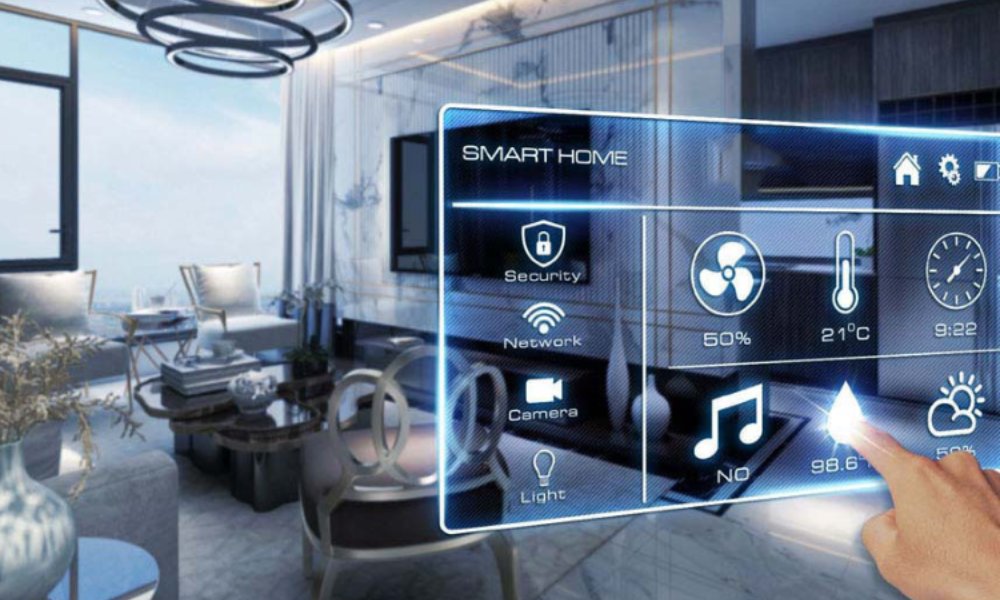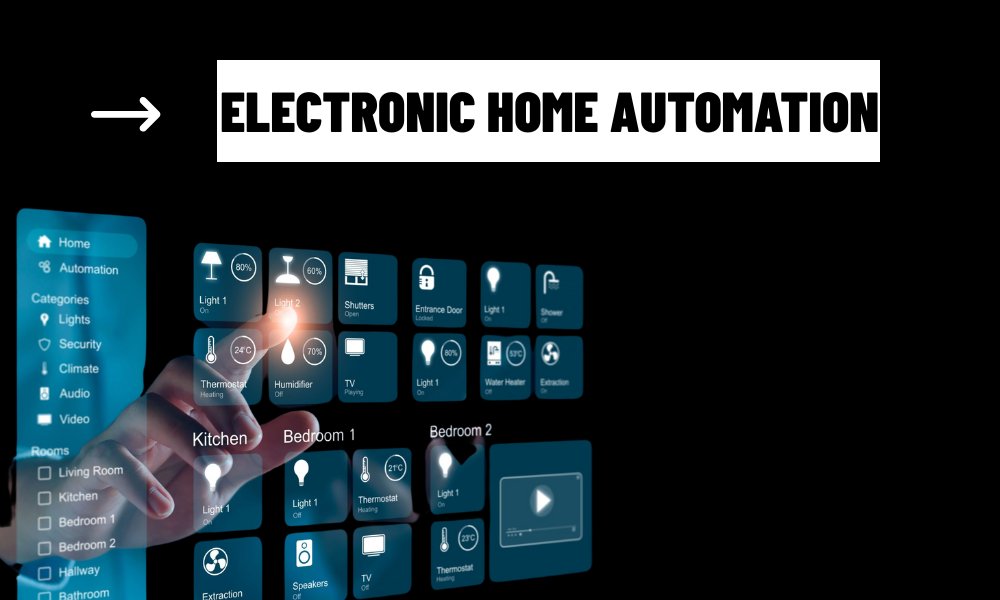Home automation using IoT (Internet of Things) is revolutionizing the way we interact with our living spaces. It connects devices within your home, allowing you to control them remotely, making life more convenient, energy-efficient, and secure. With IoT, everyday tasks like adjusting lighting, controlling temperature, and monitoring security can be automated. Here’s a quick look at how IoT is transforming home automation.
Contents
1. What is IoT in Home Automation?
IoT refers to a network of devices that communicate and interact with each other over the internet. In home automation, IoT allows devices like lights, thermostats, security cameras, and locks to be controlled and monitored remotely. These devices work together, responding to commands or acting autonomously based on preset conditions.
2. How IoT Benefits Homeowners
One of the primary benefits of IoT in home automation is convenience. With just your smartphone or voice commands, you can control nearly every aspect of your home. For example, your thermostat can adjust the temperature as you arrive home, lights can turn on automatically when you enter a room, and security cameras can send real-time alerts if there’s unusual activity.
In addition, IoT devices can help save energy. Smart thermostats, for instance, adjust temperature settings based on your habits, ensuring energy is used efficiently. Smart lighting and appliances can also be programmed to turn off when not in use, reducing unnecessary energy consumption.

3. The Ease of Setting Up IoT for Home Automation
Setting up IoT devices is simpler than it sounds. You start by choosing a smart hub (such as Amazon Echo, Google Nest, or Apple HomeKit), which acts as the central controller for all your devices. Once the hub is set up, you connect devices like smart lights, locks, and thermostats to it, allowing for remote control through an app or voice assistant.
After the setup, you can create routines or automations that make your home smarter. For example, your system can automatically adjust your thermostat when you leave for work or turn off lights when you go to bed.
4. Challenges to Consider
While IoT enhances convenience, there are a few challenges to consider. Security is a major concern since IoT devices are connected to the internet. It’s crucial to protect your devices with strong passwords, enable two-factor authentication, and keep them updated regularly to avoid security breaches.
Another challenge is compatibility. Not all IoT devices work well together, so it’s important to ensure that the devices you select are compatible with your smart hub for seamless integration.
5. The Future of IoT in Home Automation
As technology advances, IoT home automation will continue to evolve. Future smart homes may incorporate more artificial intelligence (AI) and machine learning, enabling devices to learn from your habits and optimize operations automatically. For example, your home could adjust lighting, temperature, and security settings based on your preferences and routines without needing manual input.
Conclusion
IoT-based home automation simplifies everyday tasks and enhances comfort, security, and energy efficiency. While there are some challenges, the convenience and long-term benefits make it a worthwhile investment. By adopting IoT devices and creating a smart home, you can enjoy a more connected, efficient, and secure living space.



